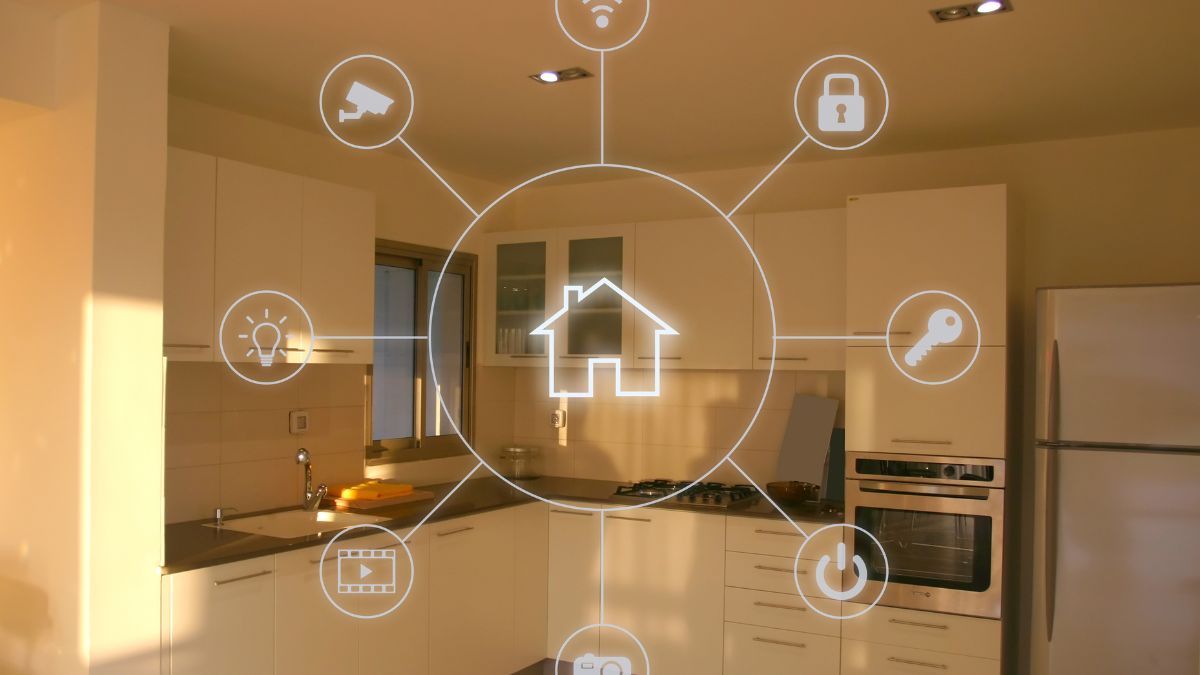

Dial-up connections, which were characterized by sluggish speeds and frequent disconnections, marked the beginning of residential internet connections in Australia in the late 1990s. With the introduction of broadband in the early 2000s, speeds and dependability were greatly increased. This was made possible by innovations like cable internet and Digital Subscriber Line (DSL). Still, a major step forward was brought about by the development of fiber-optic networks and wireless technology.
The National Broadband Network (NBN), a government-led project aiming at giving all Australians access to high-speed internet, has been one of the most noteworthy developments. To improve Australia's telecommunications network, a significant infrastructure investment known as the NBN project was started in 2009.
Regarding household internet connections, fiber-optic technology has revolutionized the industry. Fiber-optic cables employ light instead of conventional copper wires to transport data, enabling much faster speeds and more bandwidth. Fiber-optic network deployment in Australia has made gigabit-speed internet possible, revolutionizing the way Australians use the internet for a variety of purposes, including gaming, streaming, and remote work.
Cities have seen a notable improvement in internet performance after the adoption of fiber-to-the-premises (FTTP) technology. FTTP connections, as opposed to other technologies, offer a direct fiber link to households, guaranteeing better speeds and more dependable access. The increasing demand for online gaming, high-definition streaming services, and other data-intensive applications has been made possible by this breakthrough.
Improvements in home internet connections have been largely attributed to wireless technology as well as fiber-optic breakthroughs. Increased mobile internet speeds have been made possible with the introduction of 4G LTE networks, which have been especially helpful for users in places with poor fixed-line infrastructure.
In the future, the rollout of 5G technology is expected to further transform residential internet connections. 5G has the potential to improve home broadband services as well as mobile internet experiences thanks to its incredibly fast speeds, low latency, and ability to connect multiple devices at once. Particularly in areas where fiber development is difficult, 5G is anticipated to supplement current fiber networks in Australia by offering more adaptable and scalable internet options.
Despite significant progress, there are still issues that need to be resolved concerning residential internet connections, especially when it comes to closing the digital gap that exists between urban and rural communities. Even with great advancements, internet speed, and connectivity issues persist in certain isolated and rural Australian towns.
By using satellite and fixed-wireless technologies to reach more remote locations, the NBN has made significant progress in resolving these inequities. But continued innovation and investment are required to guarantee that every Australian, wherever they may be, can take advantage of reliable internet access.
Given the steady progress in both technology and infrastructure, residential internet connections in Australia appear to have a bright future. The next-generation connection will be heavily influenced by improvements in satellite internet, 5G, and gigabit-speed fiber networks, among other innovations, as demand for faster and more dependable internet develops.
The demand for reliable and fast internet connections will also be increased by developments in smart home technology and the Internet of Things (IoT). The integration of these technologies, which range from home automation systems to smart appliances, will depend on dependable and easy connectivity to the Internet.
From the early days of dial-up to the present era of fiber-optic and wireless technology, home internet connections in Australia have undergone major developments. With improved speed, dependability, and general connectedness, the NBN rollout and the arrival of fiber-optic and 5G technologies have completely changed how Australians view and use the internet.
Future investments in innovation and infrastructure promise even faster and more dependable internet, even while there are still obstacles to overcome, especially in addressing regional inequities. Improvements in household internet connections will be crucial in reshaping Australia's digital landscape, spurring economic expansion, and raising living standards for all citizens.
Visit our website https://nextelle.com.au/.
#Internet #Internetconnection #Internetconnectivity #NextelleWireless











